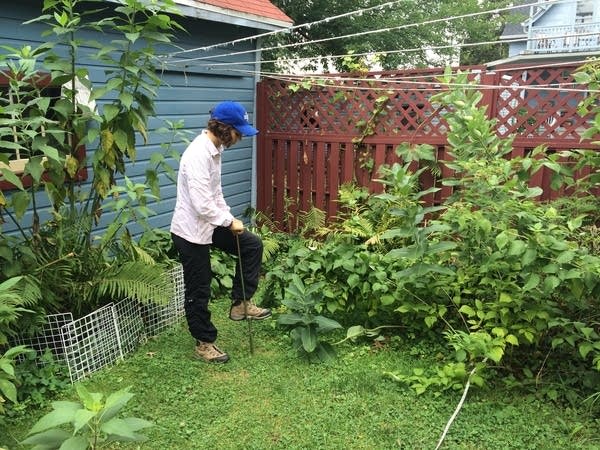Your yard is a powerful force against climate change

Go Deeper.
Create an account or log in to save stories.
Like this?
Thanks for liking this story! We have added it to a list of your favorite stories.
City yards are more than just idle patches of grass.
They're also powerful traps of carbon — a primary cause of the warming climate, put into the atmosphere as a gas by human activity.
A new study from University of Wisconsin-Madison researchers Carly Ziter and Monica Turner finds that spaces like backyards or public parks can store more carbon than urban grasslands or forests.
That means even the smallest urban green spaces are a major factor in how the natural world is holding down rising temperatures.
Turn Up Your Support
MPR News helps you turn down the noise and build shared understanding. Turn up your support for this public resource and keep trusted journalism accessible to all.
For the study, Ziter took soil samples from a variety of locations in Madison and measured how different features on the urban landscape store carbon, affect water quality and mitigate floods.
On average, she found that urban soil generally stores more carbon than the dirt on farms or other agricultural areas.
Forests were best at regulating runoff to hold back floods, and grasslands and open spaces were best for water quality, the study found.
It's important to understand just how city ecosystems affect the environment, the researchers wrote, but many surveys ignore or underestimate urban landcapes' impact.
"We treat the city as this kind of gray box," Ziter told the university. "And what we've discovered here is that ... we need to be thinking about the city as part of the landscape."



